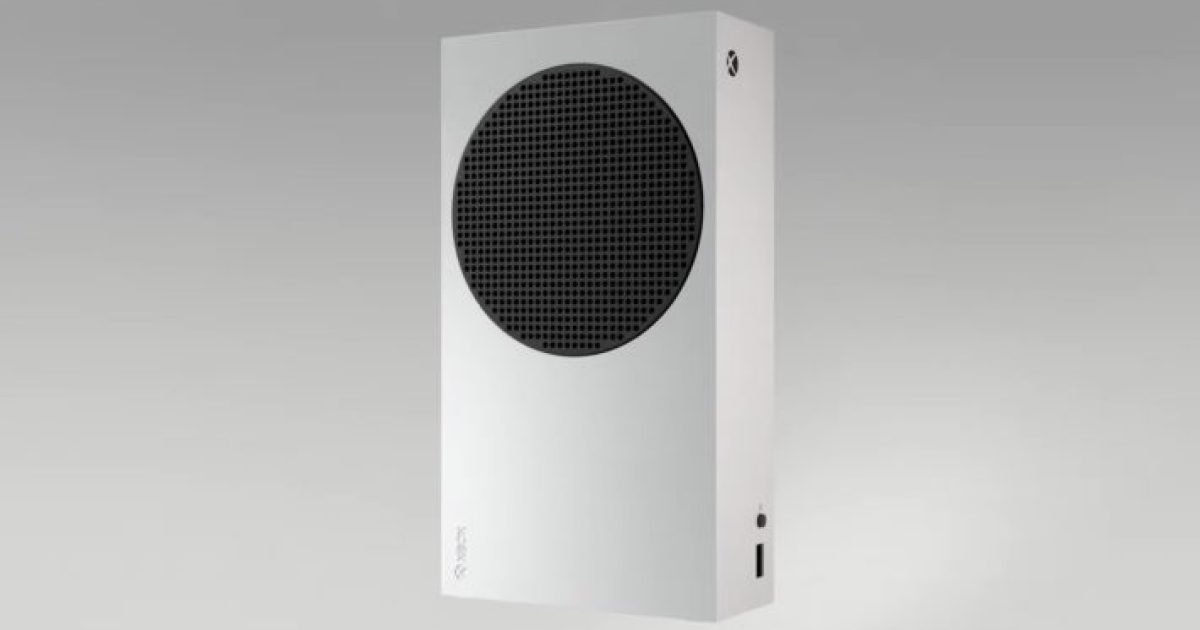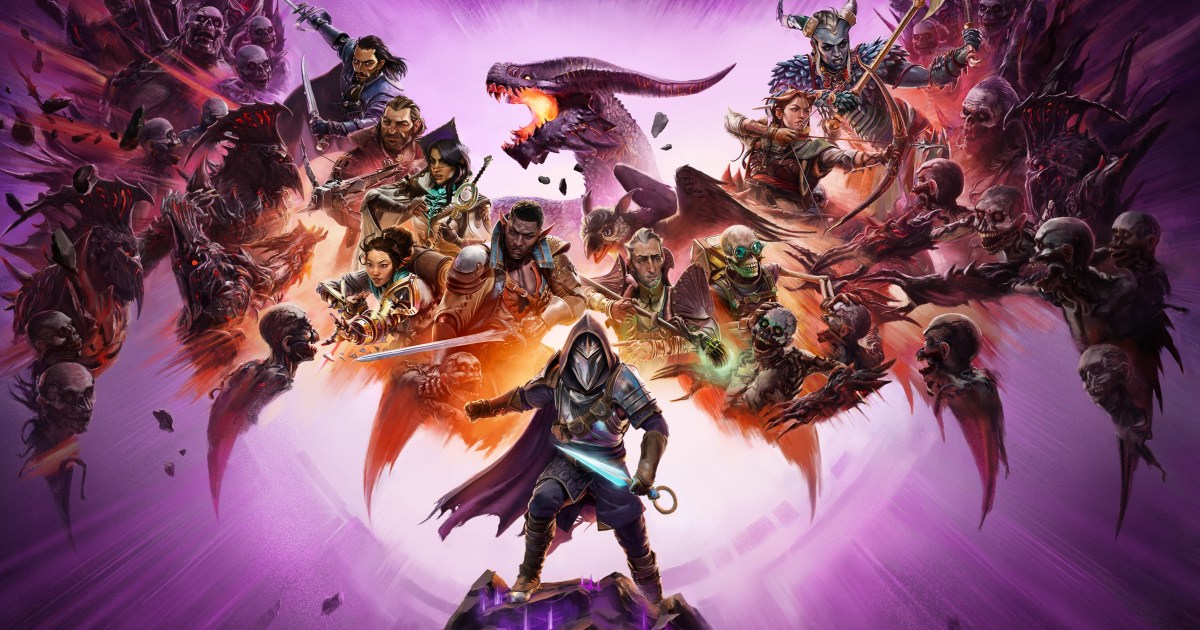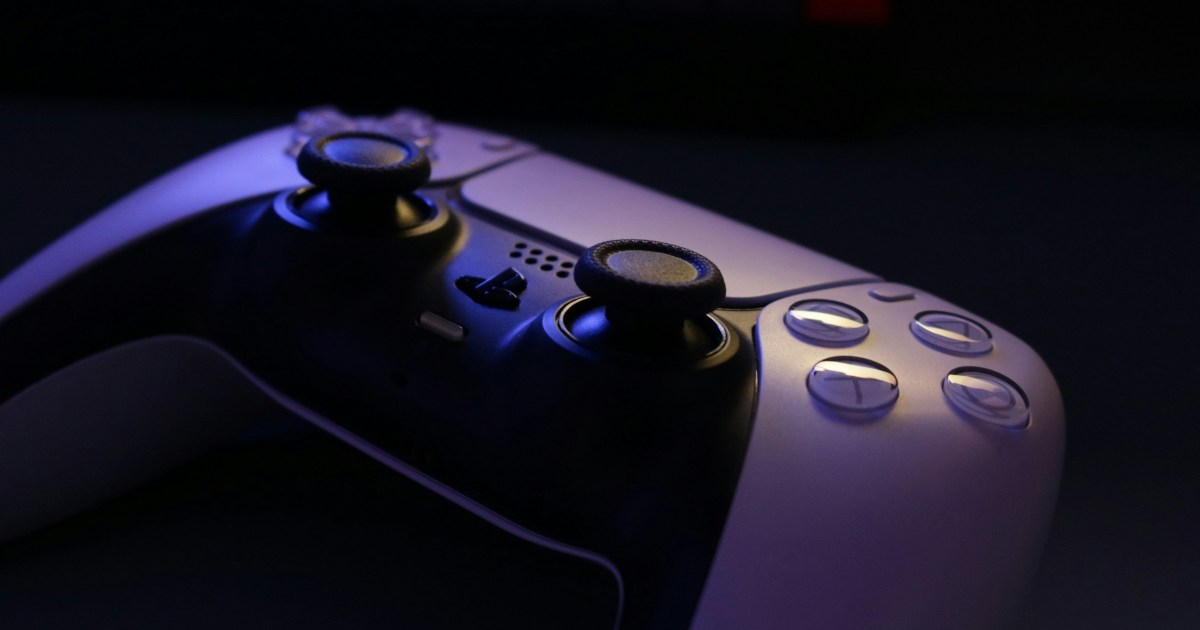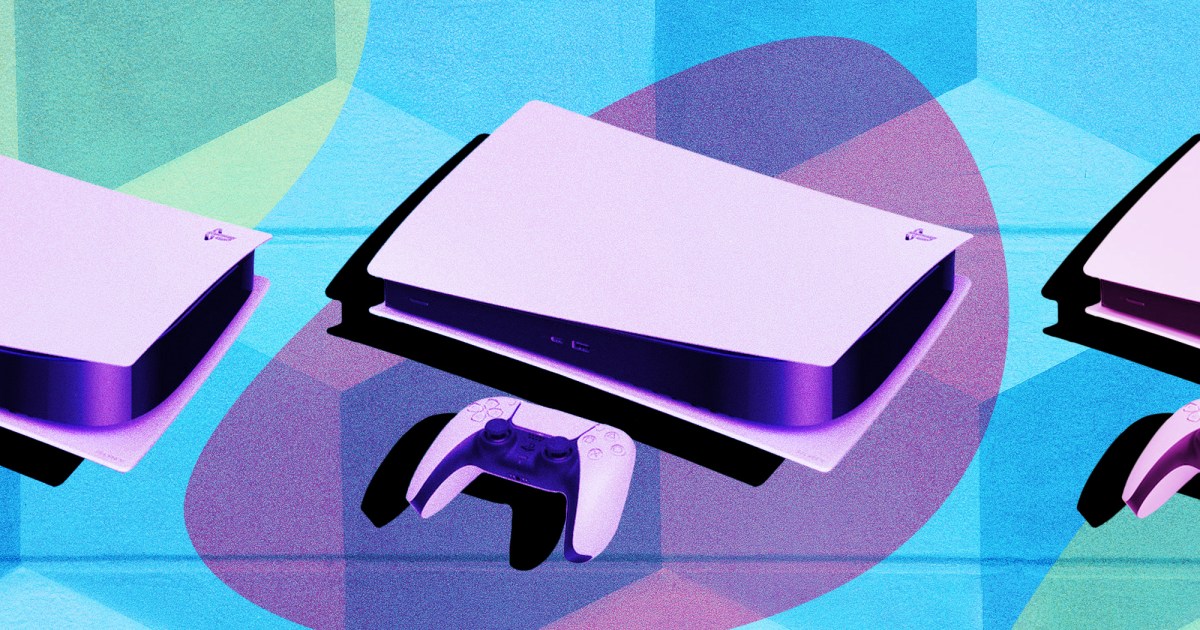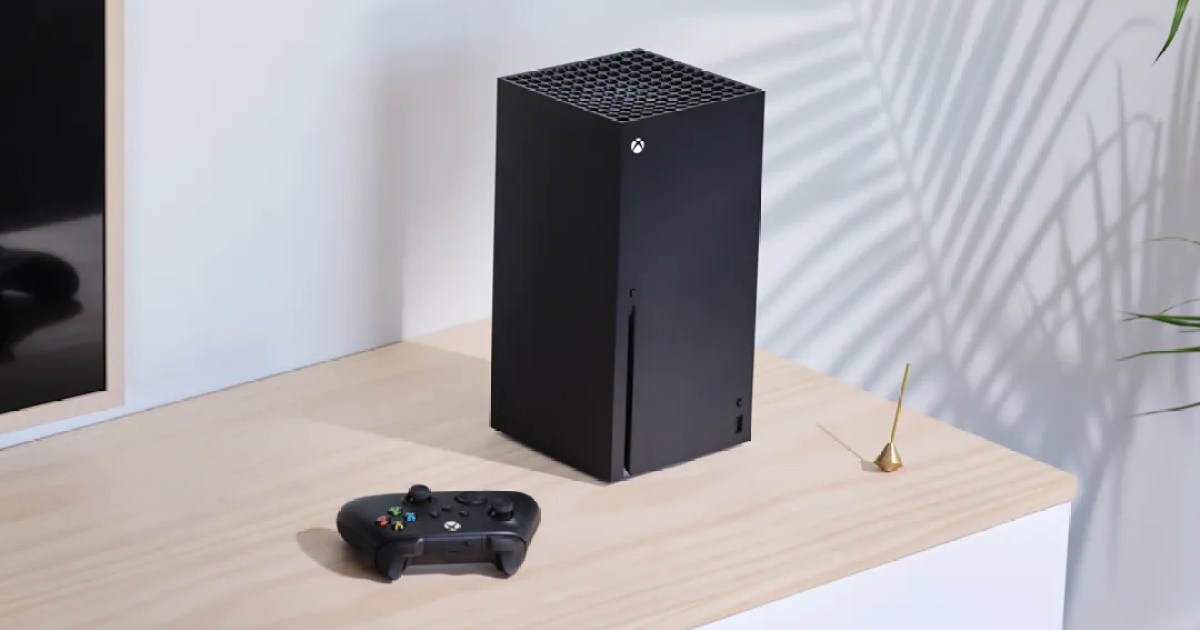Choosing a next-gen console can feel overwhelming with options like the PlayStation 5, PS5 Digital Edition, Xbox Series X, and Xbox Series S. The right choice depends on your gaming priorities, whether you crave the best PS5 games or the best Xbox Series X titles. While cross-platform play is increasing, it’s not universal. We’ve already compared the PS5 and Xbox Series X, but now let’s analyze the PS5 against the more budget-friendly Xbox Series S.
PS5 vs. Xbox Series S: Spec Showdown
The PS5 and Xbox Series S target different audiences. The PS5 caters to players seeking high-end graphics and performance, while the Series S offers an affordable entry into next-gen gaming. Both boast custom SSDs for lightning-fast loading, a significant upgrade from previous HDDs.
A key difference is the Series S’s lack of a disc drive, unlike the standard PS5, which accepts 4K UHD Blu-Ray discs. This matters for users with unreliable internet. The PS5’s higher price reflects its superior specs.
The PS5 packs 10.3 TFLOPS, 36 CUs, and 16GB GDDR6 memory, while the Series S offers 4 TFLOPS, 20 CUs, and 10GB GDDR6. This translates to a less powerful but cheaper Series S. Microsoft touts the Series S as the “smallest Xbox ever,” promising a compact design compared to the PS5.
Here’s a spec comparison:
| Feature | PlayStation 5 | Xbox Series S |
|---|---|---|
| Weight | 10.54 pounds | 4.25 pounds |
| Color | Black and White | White |
| CPU | 8-core, 3.5GHz Custom Zen 2 | 8-core, 3.6 GHz, AMD Zen 2 |
| GPU | 36 CUs, 10.3 TFLOPS, 2.23GHz | 20 CUs, 4 TFLOPS, 1.565GHz |
| Memory | 16GB GDDR6 | 10GB GDDR6 |
| Memory Bandwidth | 448GB/s | 224GB/s |
| Storage | 825GB Custom SSD | 512GB NVME SSD |
| Optical Drive | 4K UHD Blu-ray | No (Digital Only) |
| 4K | Yes | 1440p, upscaled 4K |
| Price | $450/$500 | $299 |
PS5 vs. Xbox Series S: Graphics Comparison
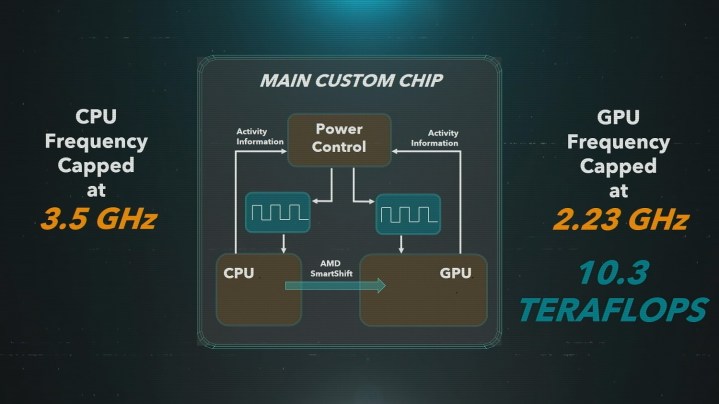 Image used with permission by copyright holder
Image used with permission by copyright holder
Both consoles deliver impressive visuals, but the PS5’s 10.3 TFLOPS significantly outperforms the Series S’s 4 TFLOPS. TFLOPS (trillion floating-point operations per second) measure processing power, crucial for visual fidelity. The PS5’s higher TFLOPS contribute to its superior resolution. The Series S has fewer TFLOPS than even the PS4 Pro (4.2 TFLOPS).
The PS5’s 36 CUs and 2.23GHz GPU frequency surpass the Series S’s 20 CUs and 1.565GHz. These figures impact clock speed, affecting the system’s internal operations. The PS5’s variable clock speed optimizes GPU performance. While the Series S boasts four times the Xbox One’s processing power, the PS5 offers a more substantial leap.
While powerful, 10.3 TFLOPS might be overkill for some. The Series S still delivers impressive performance compared to current-gen consoles, with faster load times and higher frame rates thanks to the Xbox Velocity Architecture.
PS5 vs. Xbox Series S: Resolution Differences
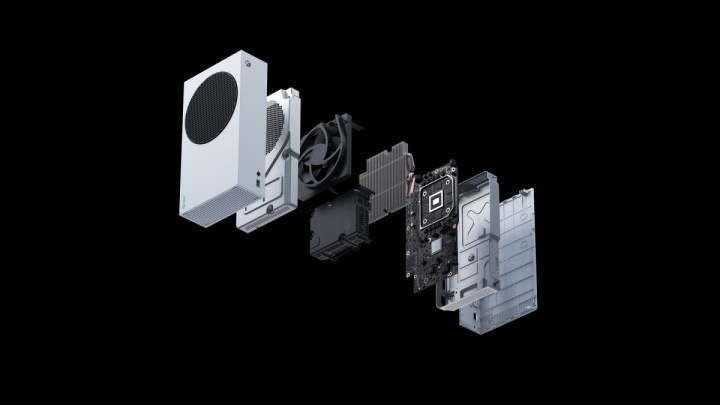 Image used with permission by copyright holder
Image used with permission by copyright holder
The PS5 supports 4K output at 120Hz, with future-proofed 8K support. While 8K is still years away, it showcases Sony’s forward-thinking approach. The Series S targets 1440p resolution at up to 120fps, upscaling to 4K on compatible displays. This allows for excellent visuals even without a 4K TV.
Both consoles support up to 120fps, requiring compatible displays. A 120Hz monitor enhances visuals and minimizes screen tearing on both systems. Both also include HDMI 2.1 ports for lower latency, improved frame rates, and eventual 8K support (though not expected on the Series S).
For prioritizing resolution, the PS5 excels with its native 4K and 8K readiness, surpassing the Series S’s upscaled 4K.
PS5 vs. Xbox Series S: Storage Capacity
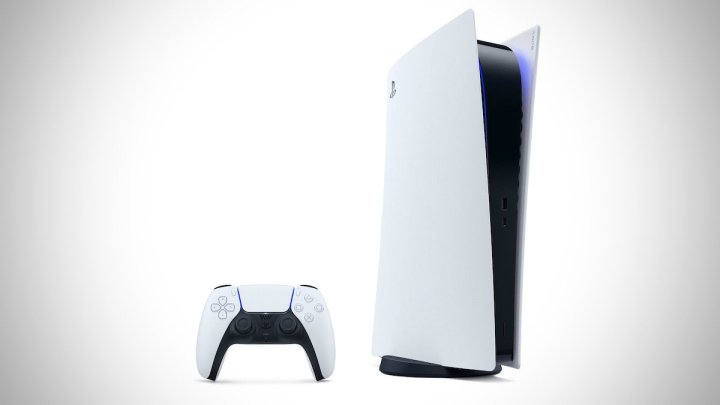 Image used with permission by copyright holder
Image used with permission by copyright holder
Storage is another key differentiator. The Series S has a 512GB NVME SSD, while the PS5 boasts an 825GB SSD. While both seem small, SSD technology compensates. The PS5’s custom SSD boasts a 5.5GB/s read bandwidth, enhancing efficiency and enabling file decompression using the Oodle Kraken algorithm.
This decompression reduces file sizes, minimizes texture pop-in, and speeds up loading. While developer implementation varies, this technology could potentially shrink install sizes. A demonstration showed Marvel’s Spider-Man loading on PS5 in under a second compared to eight seconds on PS4 Pro.
The Series S’s SSD has a 2.4GB/s read speed, slower than the PS5 but still a vast improvement over the Xbox One X’s 120MB/s. Both consoles support external storage expansion.
While raw numbers indicate speed, real-world performance depends on various factors. Game sizes are likely to increase with technological advancements. The PS5’s larger internal storage offers an advantage.
PS5 vs. Xbox Series S: Pricing Strategies
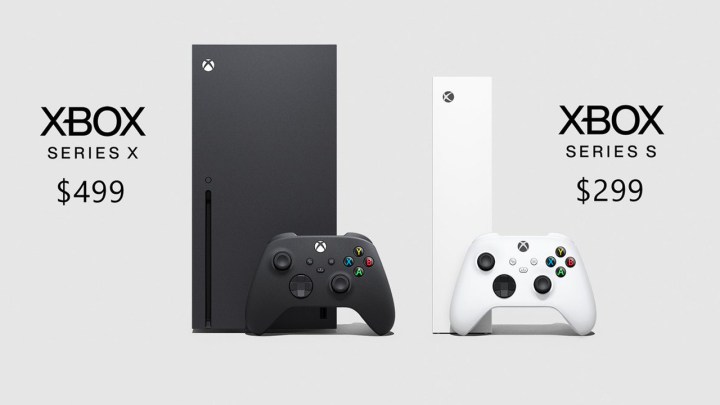 Image used with permission by copyright holder
Image used with permission by copyright holder
Price often dictates purchasing decisions. Microsoft’s focus on affordability with the $300 Series S makes next-gen gaming accessible. While less powerful than the PS5, the Series S offers a compelling entry point. The PS5 Digital Edition is $450, while the standard edition is $500. The Digital Edition offers the most affordable route to high-fidelity next-gen experiences on PlayStation.
Microsoft’s All Access program offers the Series S for $25 monthly (or $35 for the Series X), including two years of Game Pass Ultimate. This subscription model lowers the barrier to entry.
PS5 vs. Xbox Series S: Game Libraries
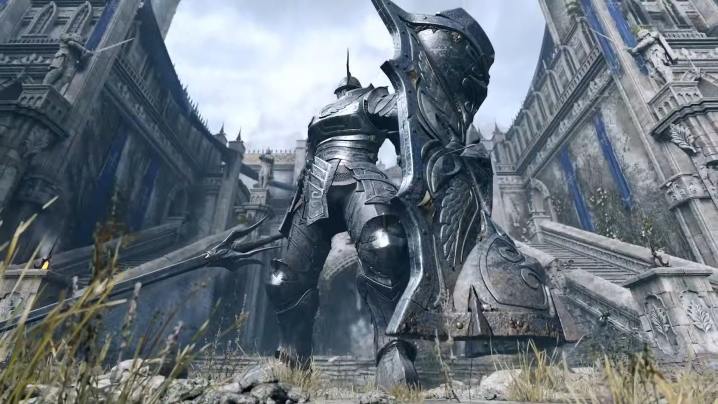 Demon’s Souls remake for PS5. Image used with permission by copyright holder
Demon’s Souls remake for PS5. Image used with permission by copyright holder
Both consoles share many third-party titles like Cyberpunk 2077, Fortnite, and Baldur’s Gate 3. However, Sony currently leads in first-party exclusives. While Microsoft has acquired studios and focused on exclusives, it has also shifted towards cross-platform releases. For a deeper dive, explore our lists of the best PS5 and Xbox exclusives.
 Image used with permission by copyright holder
Image used with permission by copyright holder
Backward compatibility varies. The Xbox Series S/X uses software-based backward compatibility, supporting a vast library from original Xbox to current titles. The PS5 is largely backward compatible with PS4 games and offers a growing catalog of older PlayStation titles via PlayStation Plus. Physical discs from pre-PS4 generations are not supported.
Many current-gen games offer free or paid next-gen upgrades. Titles like The Witcher III, Cyberpunk 2077, Grand Theft Auto V, Rainbow Six Siege, and Control are included. Remember, Series S versions will have lower resolution than Series X or PS5 versions.
PS5 vs. Xbox Series S: Controller Comparison
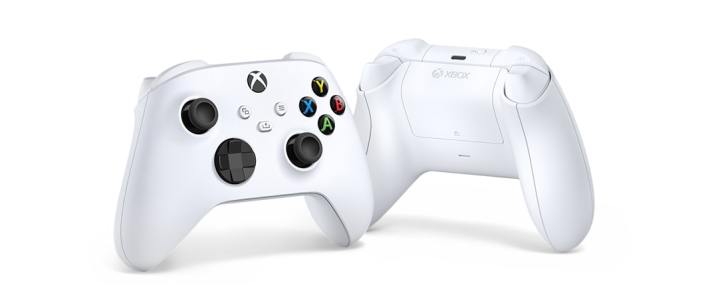 Image used with permission by copyright holder
Image used with permission by copyright holder
The Series S controller mirrors the Series X controller in white, with enhancements like improved ergonomics, a hybrid D-pad, refined trigger grip, and a Share button. The PS5’s DualSense controller marks a significant departure, featuring adaptive triggers with variable resistance and haptic feedback. The “Create” button replaces the Share button, likely tied to enhanced content creation software.
The DualSense also sports a new black, white, and blue design, reflecting the PS5 console. Both controllers are now available in various colors, plus the Elite model for Xbox and DualSense Edge for PlayStation.



